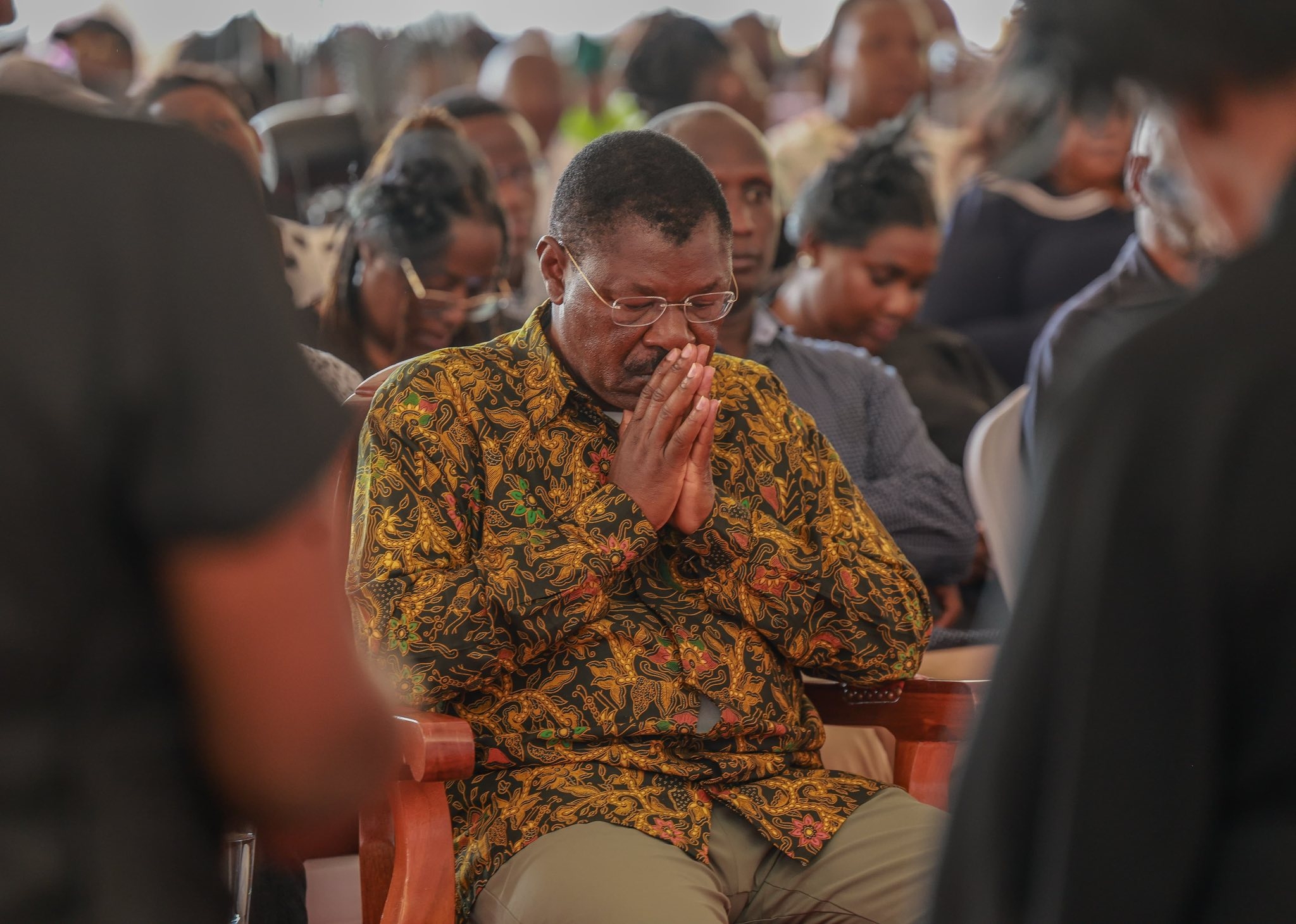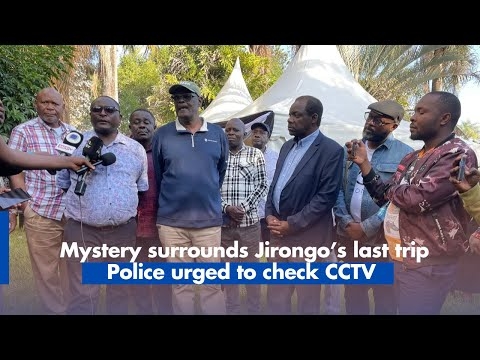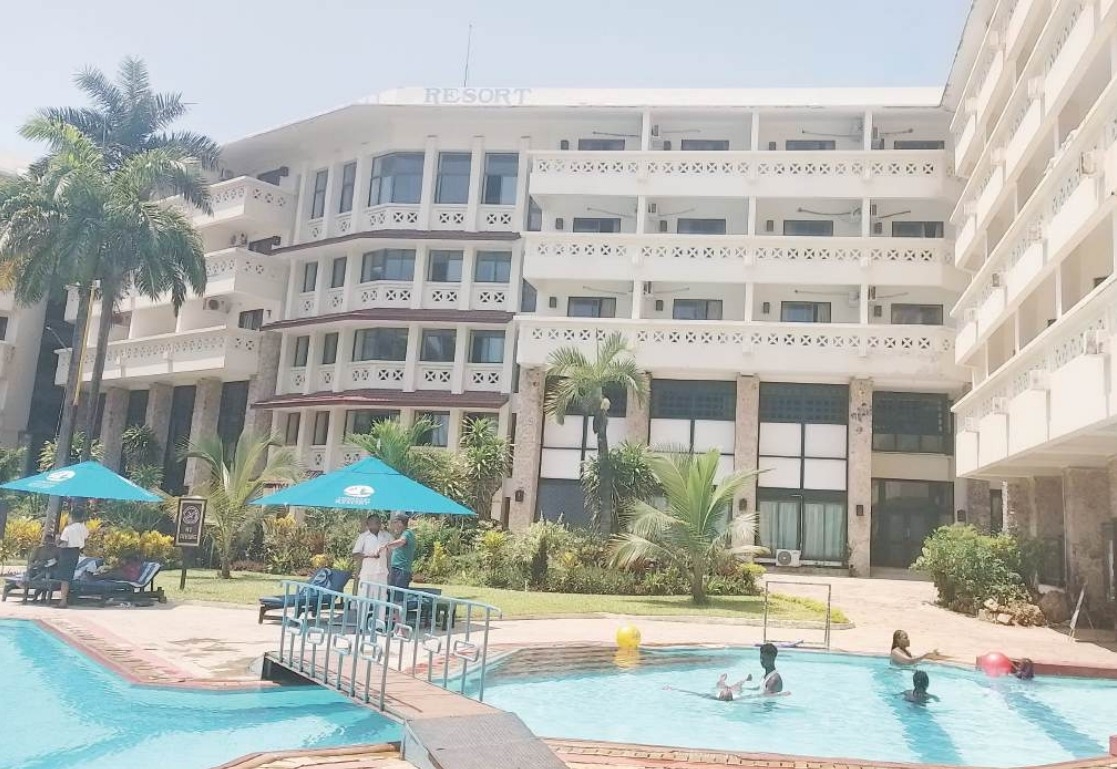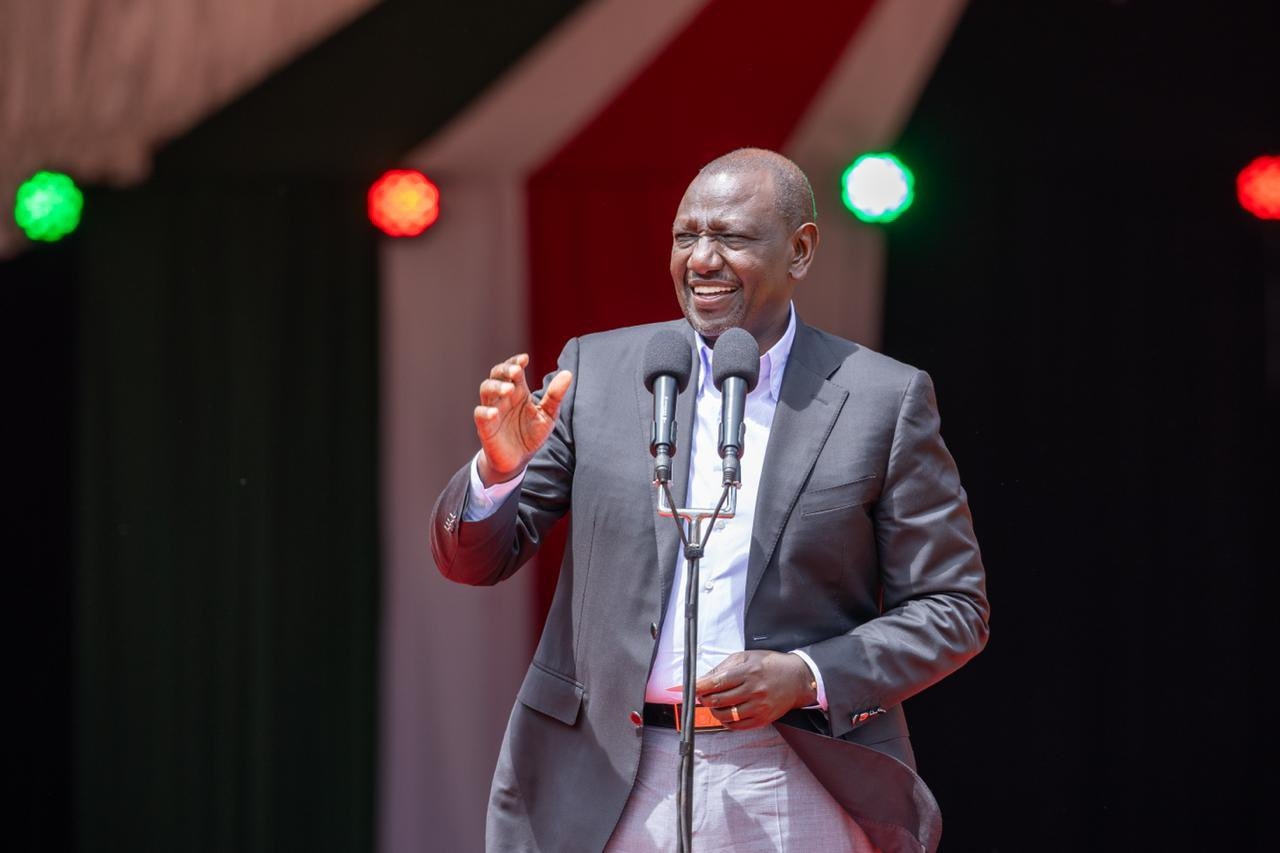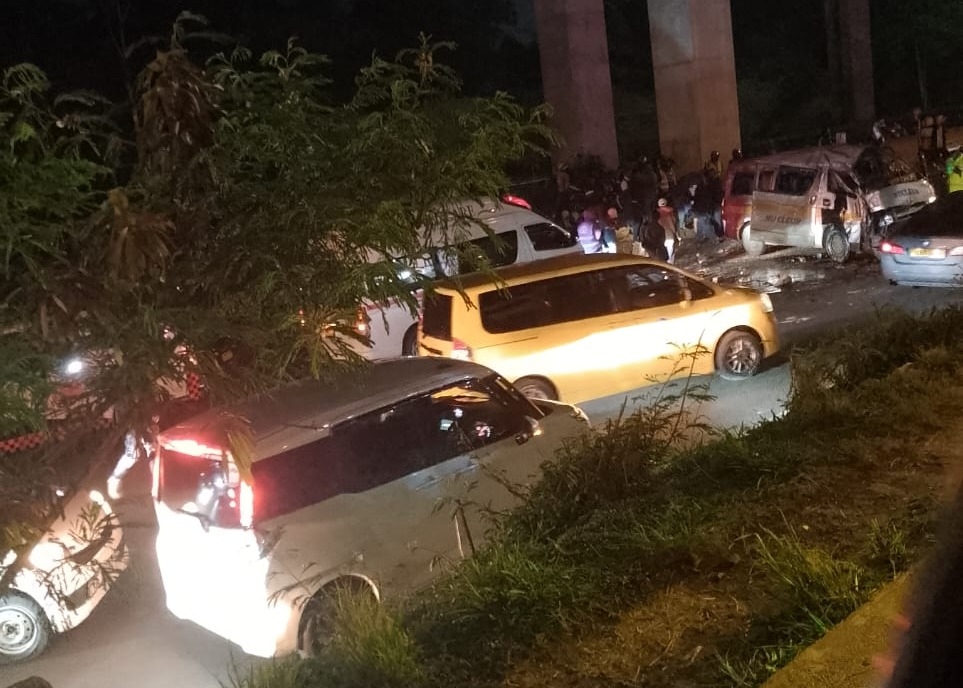In his final presidential debate with Joe Biden in 2020, then-incumbent Donald Trump deflected calls for climate change action in America by implying that China was worse off. “Look at China, how filthy it is,” he said. “The air is filthy!”
On my first visit to China during the third Belt and Road Journalists’ Forum, however, the Beijing I found had clear blue skies and air fresh enough to lure people out to jog in the morning, myself included. But it wasn’t always like this. The state had intervened.
“Beijing used to be polluted by factories, but the government decided to de-industrialise certain areas in East China and moved the factories to Western China, where there are fewer people living,” said Larry, a staff member at the Communication University of China who coordinated our stay.
Efforts were also being made to ‘green’ the Belt and Road Initiative, as noted by President Xi Jinping during the opening ceremony. “China will continue to deepen cooperation in areas such as green infrastructure, green energy and green transportation,” he said.
I was here for two weeks with dozens of journalists from around the world, exploring China in the wake of its grand infrastructural project. The sleeping dragon had awoken and re-staked its claim to world greatness.
The roads were teeming with electric vehicles, distinct thanks to their green number plates. In fact, one in four cars sold in China in 2022 was an electric vehicle, driven by a price war by manufacturers that had made them cheaper than petrol-powered cars.
Electric motorcycles were also ubiquitous, parked on the pavements along with bicycles, public and private. Unlike other parts of Beijing, though, there were no cycling lanes where we stayed, so my walks with friends would often be disturbed by a rider alerting us to get out of the way.
There was no plastic ban like in Kenya, but the streets were free of litter, except for cigarette butts. The West had a similar nuisance, but it was more prevalent here.
The cost of living was high in Beijing, with housing pretty costly. But it was still half as expensive as Western capitals, while rents in the outskirts of major cities were much cheaper. And unlike in Europe, I didn’t run into any homeless people on the streets.
WeChat Pay was their answer to Kenya’s M-Pesa, a one-stop shop for digital transactions. And luckily for tourists without a local bank account, one could link it to their foreign debit or credit card.
Youths here had similar dreams and fears as elsewhere in the world. Some wanted to study abroad or already had, others worried about their career prospects.
Girls had long, flowing hair and hung cute little dolls on their bags. Hardly anyone walked around with pets like in the West. And folks generally dressed modestly, though I saw a couple of women looking glamorous on the subway.
WHIRLWIND TOUR
Visits to a port area, railway centre and an oil and grain company in Xi’an showed us what makes China tick. They model a business, map it out across the expanse of China and beyond, and then turn the vision into reality.
We got a taste of it when riding a bullet train at 350km per hour from Beijing to Xi’an. It felt like a visit to the future, dwarfing Kenya’s Standard Gauge Railway that has a top speed of 120km per hour. That journey showed us the countryside of China, taking us from the urban to the rural, the agricultural to the mountainous.
We later visited a vocational centre and saw young Chinese training by the hundreds with almost military discipline on how to operate trains. And had fun practising how to ride a train ourselves.
The other places we visited showed us the rich culture, traditional architecture and long history of Chinese civilisation. And I noted that, unlike other countries that rely on foreign tourists, here, the Chinese were turning up in masses to appreciate their heritage.
My favourite sights included the archaeological marvel of the Terracotta Warriors, which felt like a National Geographic show come to life; the colourful light display at Tang Paradise plus the outdoor show that had locals stampeding to the arena; and the epic play we watched at Chang’an Grand Theatre by the Shanghai Kunqu Opera Troupe.
The three-hour play, called The Palace of Eternal Life, was more of a musical. It told the story of an emperor whose lover hangs herself after a rebellion. He is heartbroken until he reunites with her in paradise.
Their colourful costumes were almost floating on their bodies and had intricate patterns. I thought it was just for theatre but apparently, the dressing style of the Tang Dynasty (618 to 907AD) was back in fashion, especially among women. Later at Tang Paradise, I saw a lot of girls in wide-sleeved blouses, long, full skirts and long silk scarves, complete with picture-perfect make-up. They were gorgeous!
Our whirlwind tour included a stroll through Summer Palace, boat rides on Kunming Lake and the Beijing-Hangzhou Grand Canal, a climb up the Temple of Heaven, and visit to the Silk Road International Arts Centre, where some Arab journalists cracked us up by staging a medal ceremony using our visitor badges.
Midway through our stay, we started having seminars in a lecture room, preceded by a tour of the Communication University of China. It has a melodious, multilingual campus song and boasts of producing China’s best journalists. I was surprised to find a picture of an all-Chinese faculty of Kiswahili teachers in their museum. Relics of China’s broadcast history were also on display, including statues of pioneer students in class.
Throughout our trip, volunteers from the university took turns acting as our chaperones, translators and interpreters. One time after dinner, I was talking to one of them in the lobby, and I offered to walk her back to campus. “No, it’s very safe in China,” she said. “Even for girls at night.”
This safety extended to property. A Kenyan friend who had been in China for a year before told me you could even leave your phone on the streets and no one would steal it. “Haven’t you heard the joke that there are more cameras than people in Beijing?” he asked.
He had a habit of saying “nĭ hăo” (hello) to strangers, and a good number of them responded. Foreigners were a rarity before China opened up, I heard, but now the locals were used to seeing them, especially in the cities. But when they found some of us photogenic, including a silver-haired Sri Lankan and a blonde Uzbek, they did not hesitate to ask for selfies.
We learned how to write ‘friendship’ in Mandarin at the QiXiu Academy in Hebei, which promoted healthy living. A professor there took us through some Tai Chi, an exercise growing in popularity as Chinese culture is rejuvenated, before showcasing some sleek solo moves.
Mealtimes were a window into Chinese traditions. Tables had a rotating tray for the serving, distribution and replenishment of food. Rice featured in every meal, while tea had leaves instead of powder like in Kenya.
The most interesting part for me was learning how to use chopsticks. I held them in separate hands at first and struggled to lift anything. But in the end, I got used to them and even took a pair as a souvenir.
DIVERSITY OF VIEWS
The meetings we attended typically comprised speeches, but there were exceptions. One was at Alibaba Group, owned by tech billionaire Jack Ma, who visited Kenya in 2017. The entertainment division treated us to previews of unreleased films, including one featuring a realistic-looking woman made entirely out of artificial intelligence (AI), and another one featuring a happy woman from the much-maligned Uyghur camps.
Alibaba is known more as a shopping platform in Kenya, but its portfolio includes a documentary and streaming business, Youku, which we heard is like the YouTube of China. It was a running theme of my discoveries, in fact, that there is a Chinese version of the major tech companies out there. For WhatsApp, they have WeChat; for Google, they have Baidu; for Amazon, they have Taobao; and for Facebook and Twitter, they have Weibo. Their greatest export is TikTok, which Kenya is the most addicted to, though I saw a lot of people using it in China as well, where it’s called Douyin.
A visit to China Daily helped us compare notes on our profession. I realised from this and other media sessions that the challenges we face are the same: digital disruption, misinformation and disinformation, and now AI. What distinguished China was all media being under state control, but I learned that there’s plenty of debate on social media, even though the Internet is tightly regulated, and that complaints usually prompted action.
“People here have diverse views and also criticise the government,” Larry told me. “Just as in the West, there are differences of opinion. Some people want the country to be more liberalised, and others want it to be more conservative.”
While detractors find the communist form of government oppressive, with US President Joe Biden branding it a dictatorship, China’s meteoric rise was helped in part by the lack of polarisation and gridlock that undermines other countries. “The one-party system meant that decisions could be prioritised and implemented,” Larry said.
Kenya was led by a single party for 40 years from the 1960s, but that did not work out so well for it. So perhaps it was a testament to the leadership of China that the country could rise to a superpower under this system.
CHERISHED MEMORIES
The visit to China left me with plenty of food for thought. There are countries you hear good things about only to discover the bad once you are there, and there are countries you hear bad things about only to discover the good once you see for yourself. It’s fair to say China is in the latter category, a country with many charms despite the scars of the past and the challenges of the present.
It’s also a key partner for the future, if the number of countries that have signed up for Xi Jinping’s signature initiative is anything to go by. In his speech at the Belt and Road Forum, Xi called for more “win-win cooperation”. “What we stand against are unilateral sanctions, economic coercion and decoupling, and supply chain disruption,” he said, in a pointed message to the US a month ahead of his bilateral meeting with Biden in California.
A social decoupling was inevitable, however, as the clock wound down on our stay in China. We cherished the memories we had made together. From singing and dancing to ‘Habibi’ during long trips in the bus, to joking with Larry that “wife is sleeping” whenever we couldn’t access the portable WiFi, to dashing for last-minute shopping at Ritan market and saying “tài guìle” (too expensive) as we bargained, using calculators to break the comedy of language barrier.
We were like family after spending so much time together. I felt a tinge of sadness when the Sri Lankan friend who had talked me into the Tiananmen adventure hugged me farewell. The sentiment was shared around us as we parted ways for different flights at the lobby of our hotel. As two girls hugged, someone joked, “I’m waiting to see who will cry first.”
My only regret was that there wasn’t enough time to hike The Great Wall of China, one of the Seven Wonders of the World. And the same way people who come to Kenya love to see a lion, it would also have been great to see the pandas China is famous for. But that gives me an incentive to visit again. It’s a colourful, secure and welcoming country that keeps you yearning for more.
Tom Jalio is the features editor of the Star and a member of the Kenya Editors’ Guild


